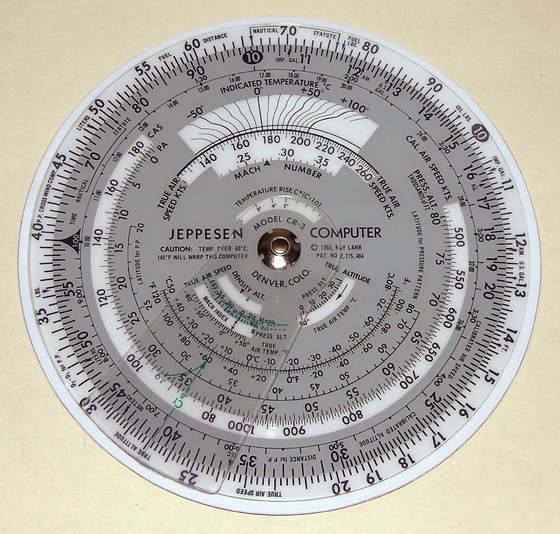In creating a new fuel level system for Cirrus Aircraft we kept in the back of our mind the opportunity to provide this technology to legacy Cirrus Aircraft as well as other aviation applications.
Aerospace Logic was the obvious choice -
We chose their 200 series unit over other 2 1/4 instruments as Aerospace Logic has created a quality and sunlight readable display with a clear and concise level indication.
 More importantly, Aerospace Logic like CIES saw accurate and reliable fuel level indication as a valuable instrument in the cockpit. Aerospace Logic was hampered in achieving it's goals for fuel level indication by fuel level senders that were previously available to the aviation market. CIES Level senders with our new and patented technology completely changed the fuel sender game.
More importantly, Aerospace Logic like CIES saw accurate and reliable fuel level indication as a valuable instrument in the cockpit. Aerospace Logic was hampered in achieving it's goals for fuel level indication by fuel level senders that were previously available to the aviation market. CIES Level senders with our new and patented technology completely changed the fuel sender game.You will note that a digital value of fuel is displayed below each quantity gauge. This gives an unmatched accurate calculation of quantity in each tank.
Aerospace Logic has worked with us to incorporate appropriate warnings that a quality fuel level indication system can provide.
Note: The upper display is indicating a fuel "Imbalance Condition"
and the flashing Amber bar is indicating you have exceeded the POH recommendations for fuel level imbalance. Switch to the flashing AMBER tank.
One of the most important characteristics of the Aerospace Logic Display is the trend graph featured on the second page. This provides graphical information of fuel level over time. The use of the displayed trend data makes it easier to manage fuel in a single engine aircraft.
Most importantly, Aerospace Logic was willing to work with CIES in developing a display unit that would allow a digital interface between the display and fuel level sender.
Aerospace Logic and CiES Inc. look forward to pilot response for this system.
http://www.aerospacelogic.com











